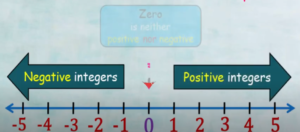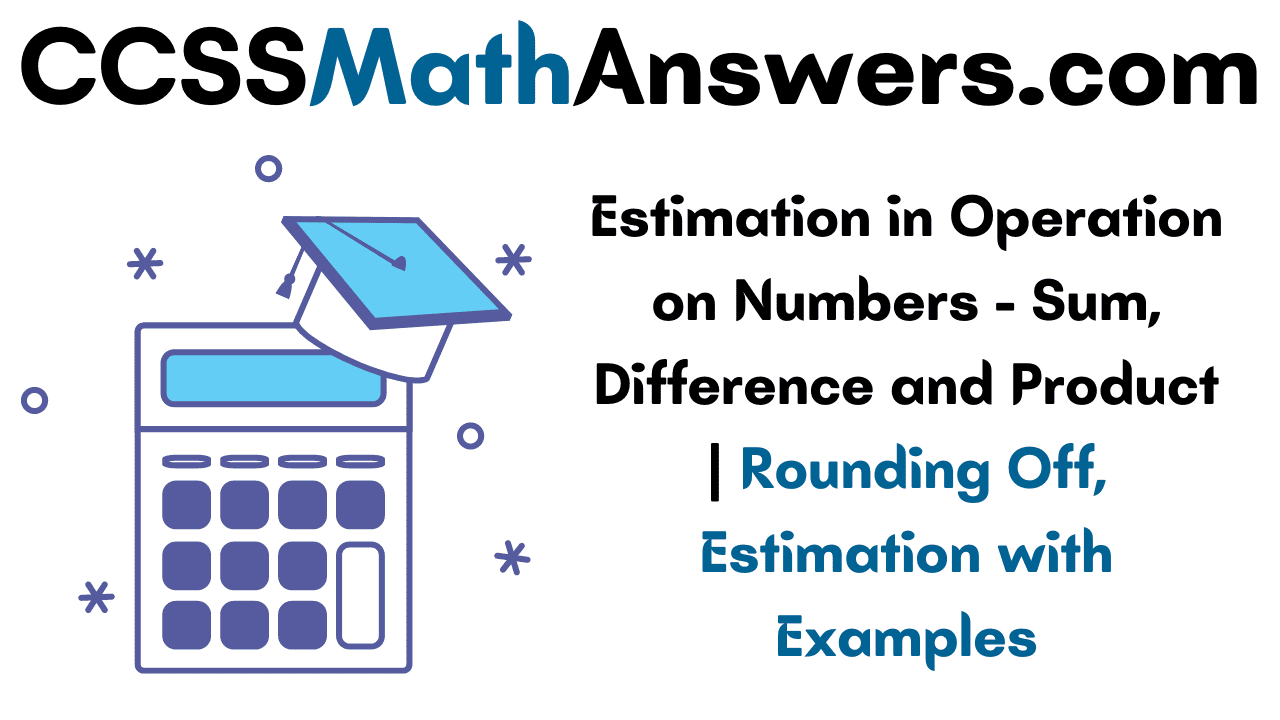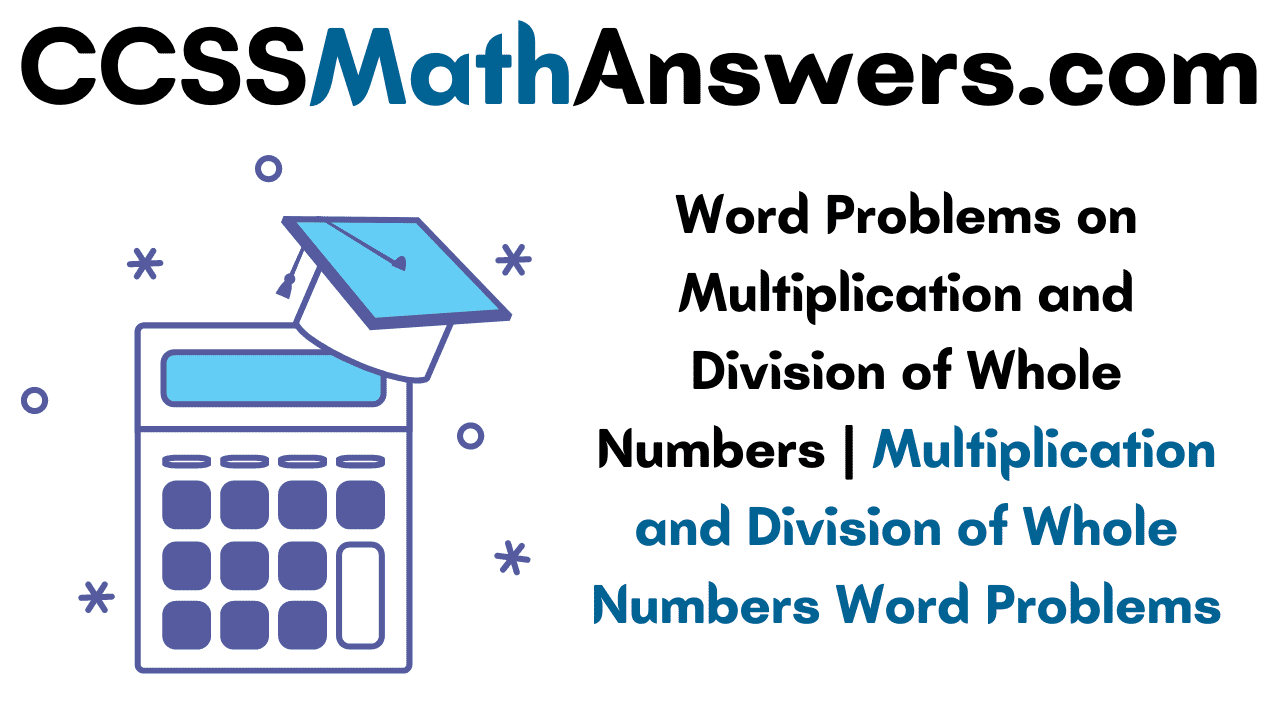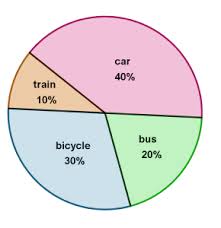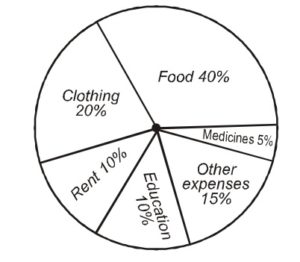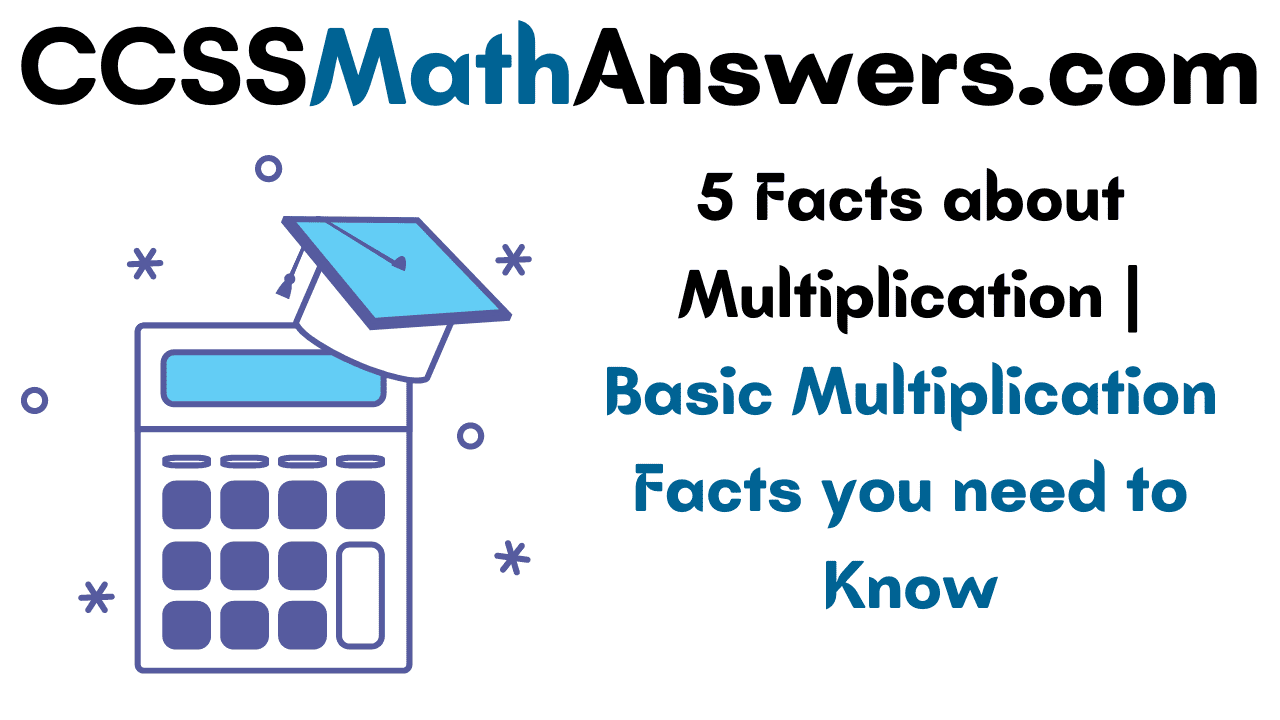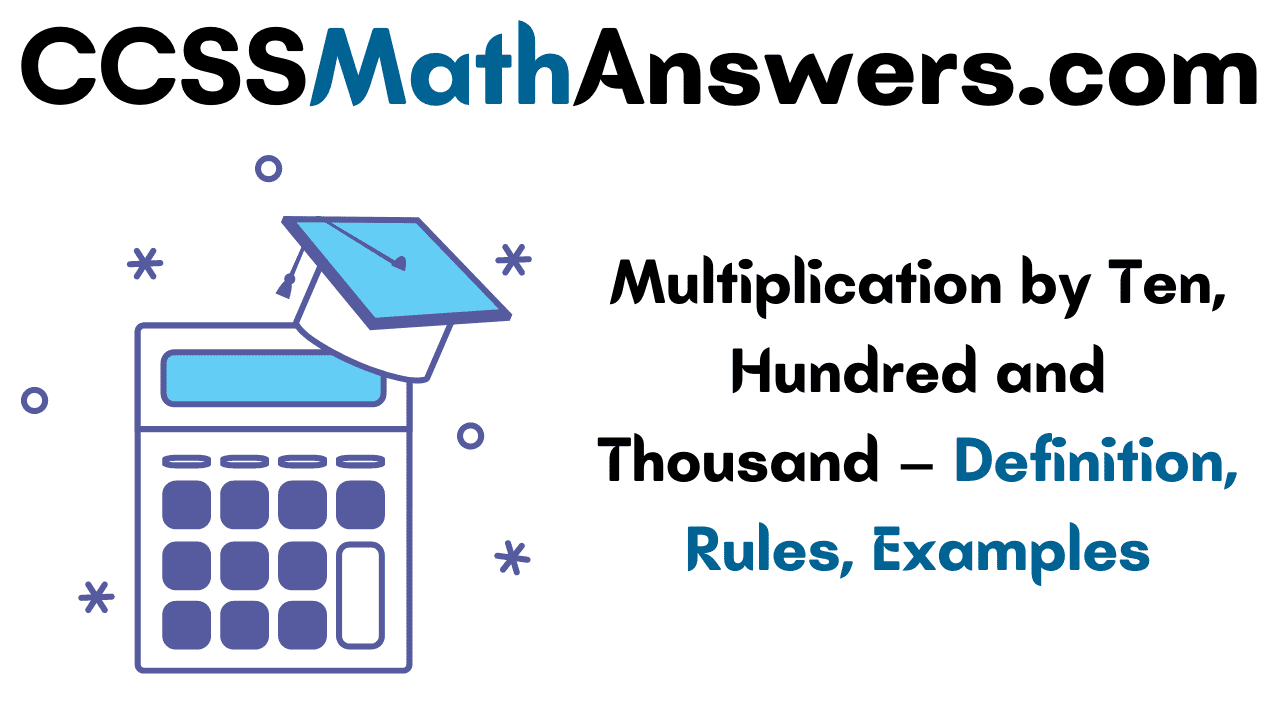On this page, you will learn how to practice the number three. We are providing the worksheets that are more useful to learn the numeric number three and help you on how to write three in words. Parents and teachers can download this worksheet on 3 for free of cost and take this worksheet printout for practice purposes. Kids can easily remember number three. Students must learn numbers from 1 to 100 as early as possible because without having any knowledge of numeric numbers we can’t do any problems in mathematics.
In this article, you can look at the Number 3 Tracing Worksheet and practice it. Also, have other numbers worksheets from 1 to 10 numbers.
Worksheet on Number 3 | Hand Writing Number Three
Students who are practicing this worksheet can improve their numerical skills and know the importance of numbers. You see the below figure, in that figure three books are representing the numerical number three. Children should practice the number three multiple times to get the best way of writing the number. Better to write the numbers, and practice the numbers with a pencil. Ensure that your kid will practice number three properly as mentioned on the worksheet. 
Parents and teachers who are looking for the Worksheet on Number Three for teaching numbers to their child can read this page. By practicing the worksheet, children can improve their handwriting and know the importance of numbers. Guide the students to follow the instructions and rewrite the number 3. They are advised to write down that number on the dotted lines in order that they skills to write that number easily.
Writing Number 3 in form of Number and Word | Trace and Learn to write Number Three
Many of the children do not show interest to study but there are interested and love to spend their time playing. In that case, parents must try to inject important topics like alphabets, numbers, and words by playing with them. So, this Number Three Worksheet helps the teachers and parents to engage their students in learning the numbers. Learning Numbers is very important nowadays because everything is linked with numbers only.
The mentioned number three handwriting worksheet will help to enhance their handwriting skills. Students are advised to practice number 3 as many times as possible for a quick understanding of the topic.


The above figures are dotted line number three in words and number three in numbers. Practice the Number Three Worksheet any time anywhere as many times as possible and encourage the students to learn to write the number three on their own.
Benefits of Learning Number Three Worksheet
The worksheets benefit students in learning number three and helps them to understand the number in an easy way. Children will learn the numbers using worksheets then fastly and do the basic arithmetic operations like addition, subtraction, multiplication.
No longer ditch the math workbooks and printables, take the help of our Preschool Math Activities and teach your kid counting, math facts, number sense in an interactive way.
Read, More Related Articles:




